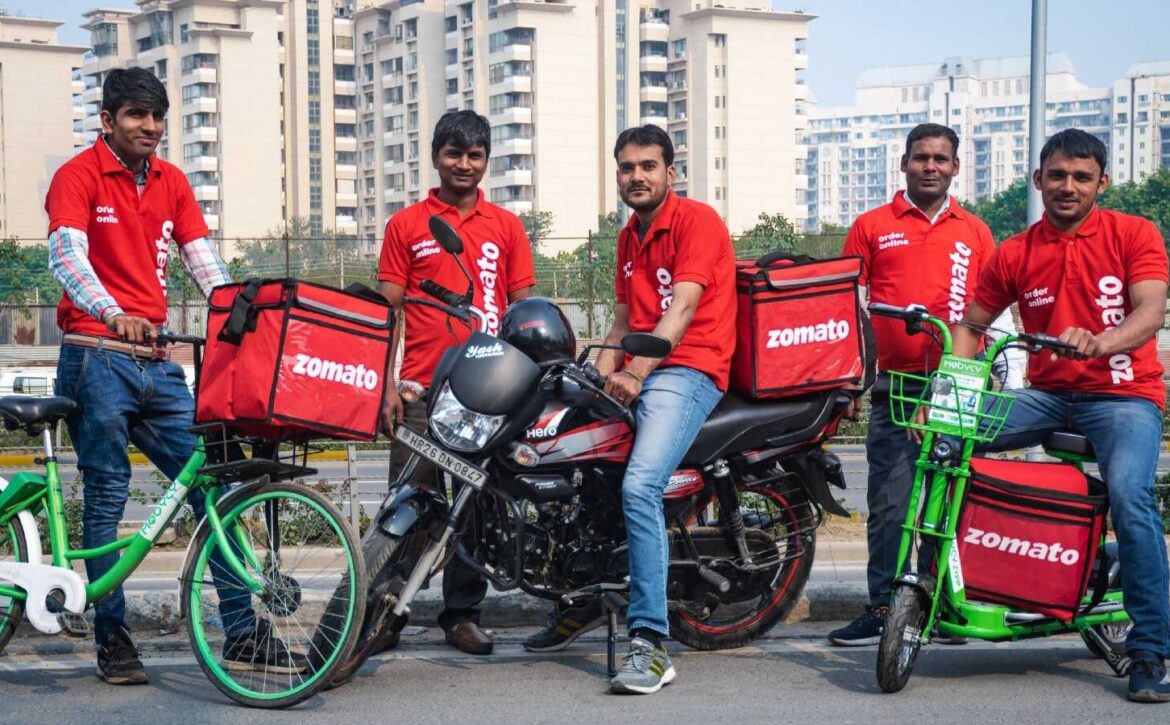The Business of Mineral Water: A Lucrative Opportunity
The mineral water industry has emerged as a thriving sector globally, driven by increasing health consciousness, urbanization, and a demand for clean drinking water. In India, the market for mineral water has expanded significantly over the last decade, with both organized and unorganized players capitalizing on this demand. This article provides a comprehensive guide for aspiring entrepreneurs looking to enter the mineral water business, covering financial planning, operational considerations, and profitability metrics.
Overview: A Growing Market with Limitless Potential
The Indian mineral water market has grown at a CAGR of 20% over the last five years. With rising concerns about water contamination and a preference for hygienically packaged drinking water, this industry shows no signs of slowing down.
The sector is driven by urban consumers, travelers, and institutional buyers like hotels, restaurants, and corporate offices. However, the scope is not limited to cities; rural areas are also witnessing a surge in demand due to improving awareness about clean drinking water.
Key Statistics Supporting Industry Growth
- The Indian packaged drinking water market was valued at over ₹20,000 crore in 2023, with a projected value of ₹40,000 crore by 2028.
- Market Leaders: Companies like Bisleri, Kinley, and Aquafina dominate the organized sector.
- Consumption Rate: The average Indian consumes 5-6 liters of packaged water per month, with the figure higher in urban areas.
- Export Opportunities: Indian mineral water is gaining traction in international markets, especially in the Middle East and Africa.
Introduction to Mineral Water Business
The mineral water business involves purifying and bottling water, making it suitable for drinking. The industry comprises different segments based on packaging sizes, including 200 ml pouches, 500 ml bottles, 1-liter bottles, and 20-liter jars.
A successful mineral water business requires the right blend of technological investment, compliance with safety standards, and a robust distribution network.
Steps to Start a Mineral Water Business
- Market Research: Analyze local demand, competitors, and pricing trends.
- Location Selection: Choose a site with access to clean water and logistical convenience.
- Legal Compliance: Obtain certifications from BIS (Bureau of Indian Standards), FSSAI, and pollution control authorities.
- Machinery Setup: Install an RO plant, UV sterilizers, and bottling equipment.
- Branding and Marketing: Create a distinct brand identity to compete in a crowded market.
Project At A Glance
- Initial Investment: ₹25-30 lakh for a small-scale unit.
- Daily Production Capacity: 2,000 liters.
- Revenue Potential: ₹1.5-2 crore annually.
- Profit Margins: Gross margins of 30-40%.
Profitability and Net Cash Accruals
A well-run mineral water plant can achieve a net profit margin of 15-20%, with annual net cash accruals of approximately ₹30-40 lakh, depending on market reach and operational efficiency.
Cost of Project: Comprehensive Breakdown
- Land and Infrastructure: ₹8-10 lakh (leased or owned land).
- Machinery and Equipment: ₹10-12 lakh for an RO plant, UV systems, and bottling machines.
- Licenses and Certifications: ₹1-2 lakh.
- Working Capital: ₹5-6 lakh.
- Miscellaneous Costs: ₹3-4 lakh.
Assessment of Working Capital Requirements
- Raw Materials: ₹2-3 lakh per month (bottles, caps, and labels).
- Utility Bills: ₹50,000-₹1 lakh monthly for electricity and water supply.
- Labor Costs: ₹40,000-₹70,000 per month for 5-8 workers.
Key Financial Metrics
- Break-Even Analysis:
- Break-Even Revenue: ₹50 lakh annually (approximately 2,000 bottles/day).
- Debt-Equity Ratio and DSCR:
- A Debt-Equity Ratio of 1.5 ensures manageable leverage.
- A Debt Service Coverage Ratio (DSCR) of 1.8 indicates strong financial health.
- Projected Payback Period:
- 3-4 years for small-scale operations.
Projected Financial Statements
- Balance Sheet (Year 1):
- Assets: ₹35 lakh
- Liabilities: ₹20 lakh
- Equity: ₹15 lakh
- Depreciation Chart:
- Machinery: ₹1.2 lakh annually (10% depreciation rate).
- Building: ₹50,000 annually (5% depreciation rate).
- Repayment Schedule:
- Annual repayment of ₹6 lakh over five years.
Projected IRR and ROI
- Internal Rate of Return (IRR): 22-25%, depending on market growth.
- Return on Investment (ROI): 30-35% annually.
Company Summary
The mineral water business is not only a profitable venture but also contributes to society by providing safe and clean drinking water. With an effective business model, adherence to quality standards, and smart marketing, entrepreneurs can make a lasting impact in this growing industry.
Why Start a Mineral Water Business?
- Rising Demand: Increasing consumer awareness about health and water quality.
- Government Support: Tax benefits and subsidies for water purification units.
- Export Opportunities: Access to international markets with high demand for packaged water.
- Scalability: Potential to expand operations to multiple locations with minimal additional investment.
Our Approach to Ensure Success
At SAAR Consult, we assist aspiring entrepreneurs with end-to-end solutions for setting up a mineral water plant. From market research and financial planning to compliance and branding, we provide expert guidance to ensure your business thrives.
Contact Us to Start Your Mineral Water Business
Ready to take the first step toward a profitable venture in the mineral water industry? Visit saarconsult.in or call us at 9131611549 to get started.
Disclaimer: Projections are based on current market conditions and are subject to variations due to economic, regulatory, or other unforeseen factors.











